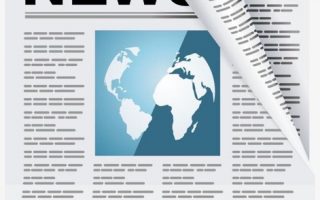PCB ETCHING SPECIFICATION:
PCB etching is a process of removal of unwanted copper (Cu) from the circuit board. When I say unwanted, it is nothing but the non-circuit copper that is removed from the board as per the PCB design. As a result, the desired circuit pattern is achieved.
In other words, etching is like chiseling the circuit board. If you can think like an artist, the board is a rock, and etching chisels the rock into a beautiful sculpture. During this process, the base copper or the start copper is removed from the board. Rolled and annealed copper is easy to etch off compared to electroplated copper.
Before the process of etching, a layout is prepared so that the end product is as per the designer’s requirement. The designer’s desired image of the circuit is transferred on to a PCB by a process called Photolithography. This forms the blueprint that decides which part of copper must be removed from the board.
There are two distinctive approaches for the inner layer and outer layer etching. In the outer layer etching process, the tin plating acts as the etch resist. Whereas, in the inner layer, the photoresist is the etch resist.
